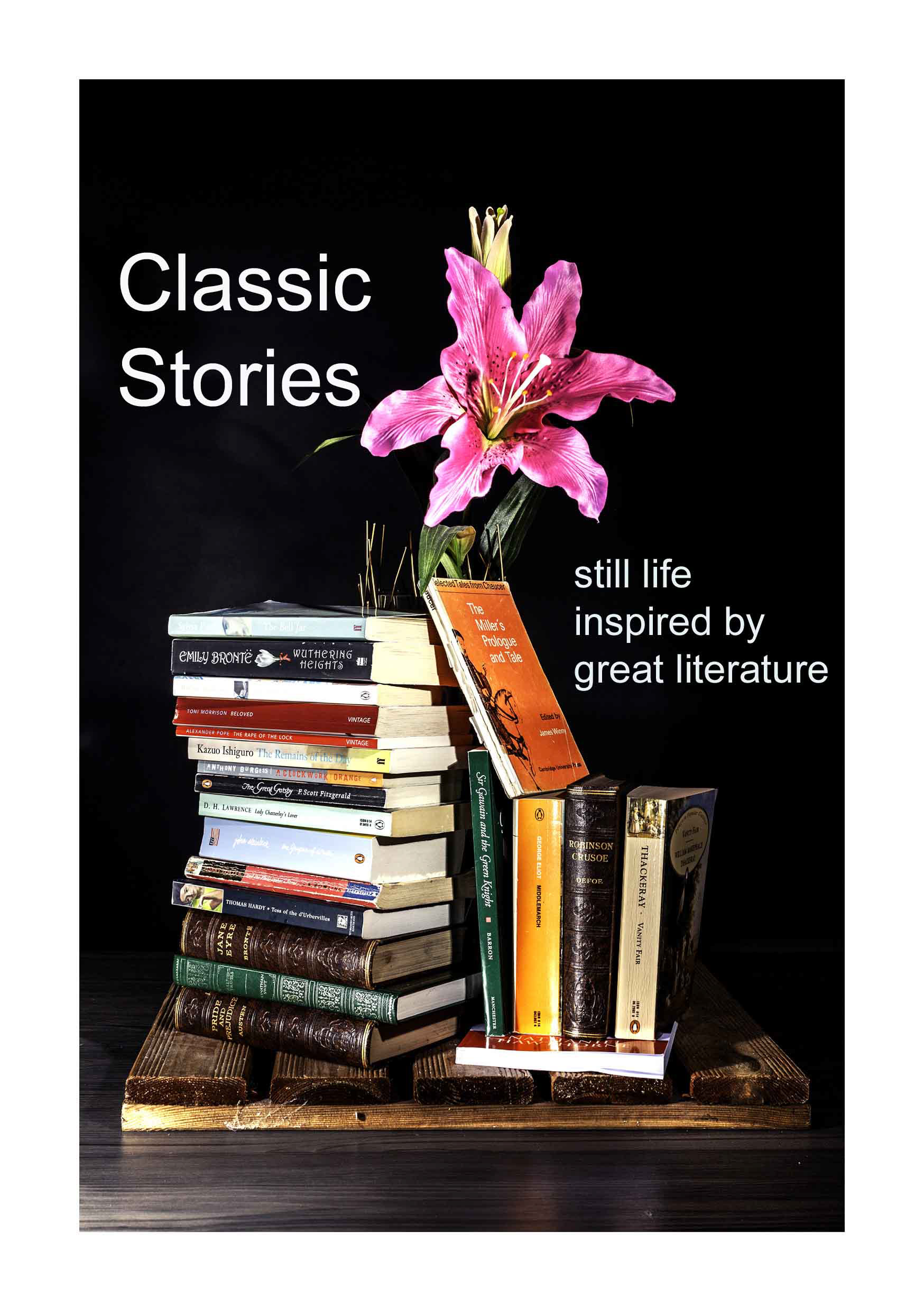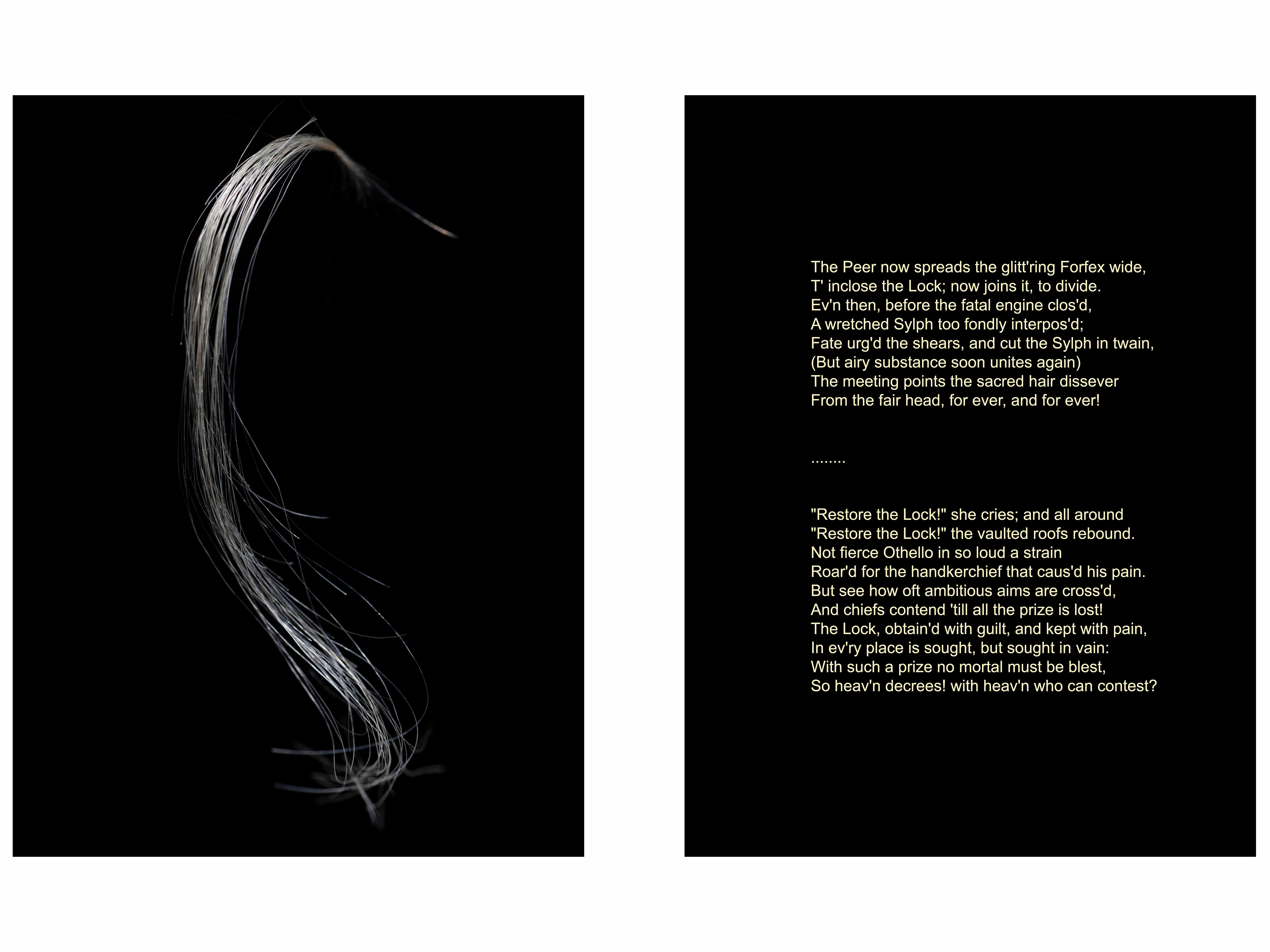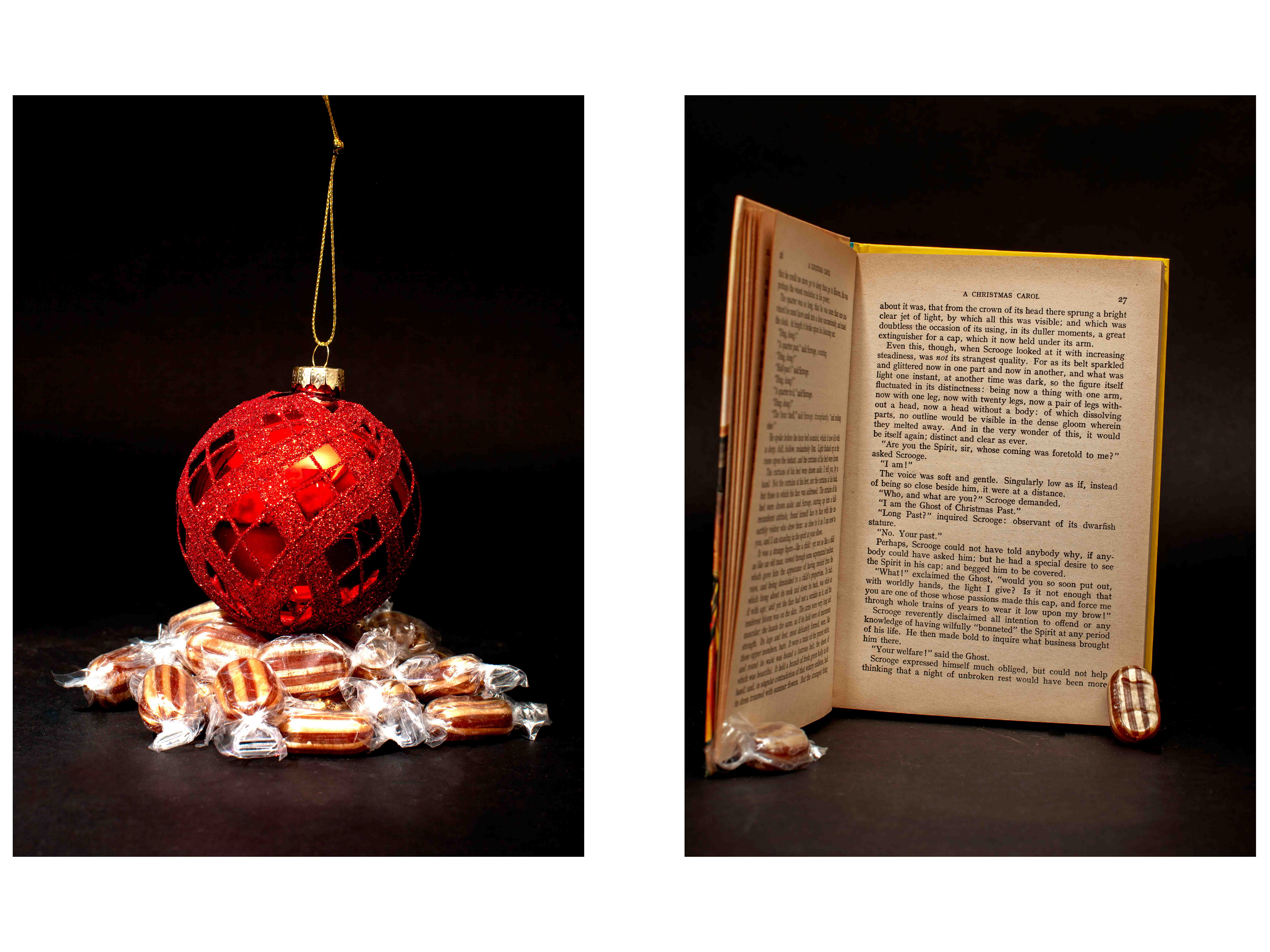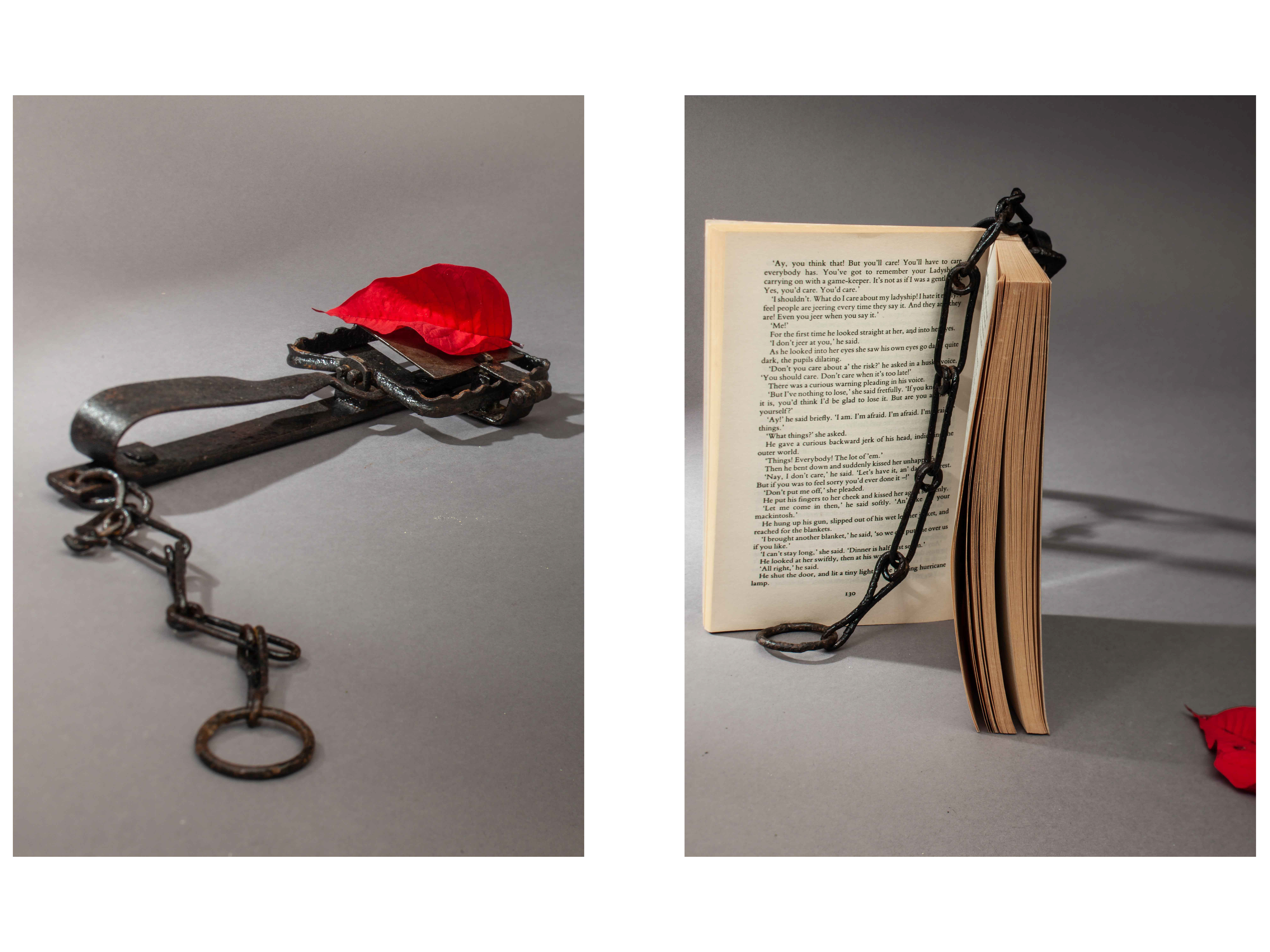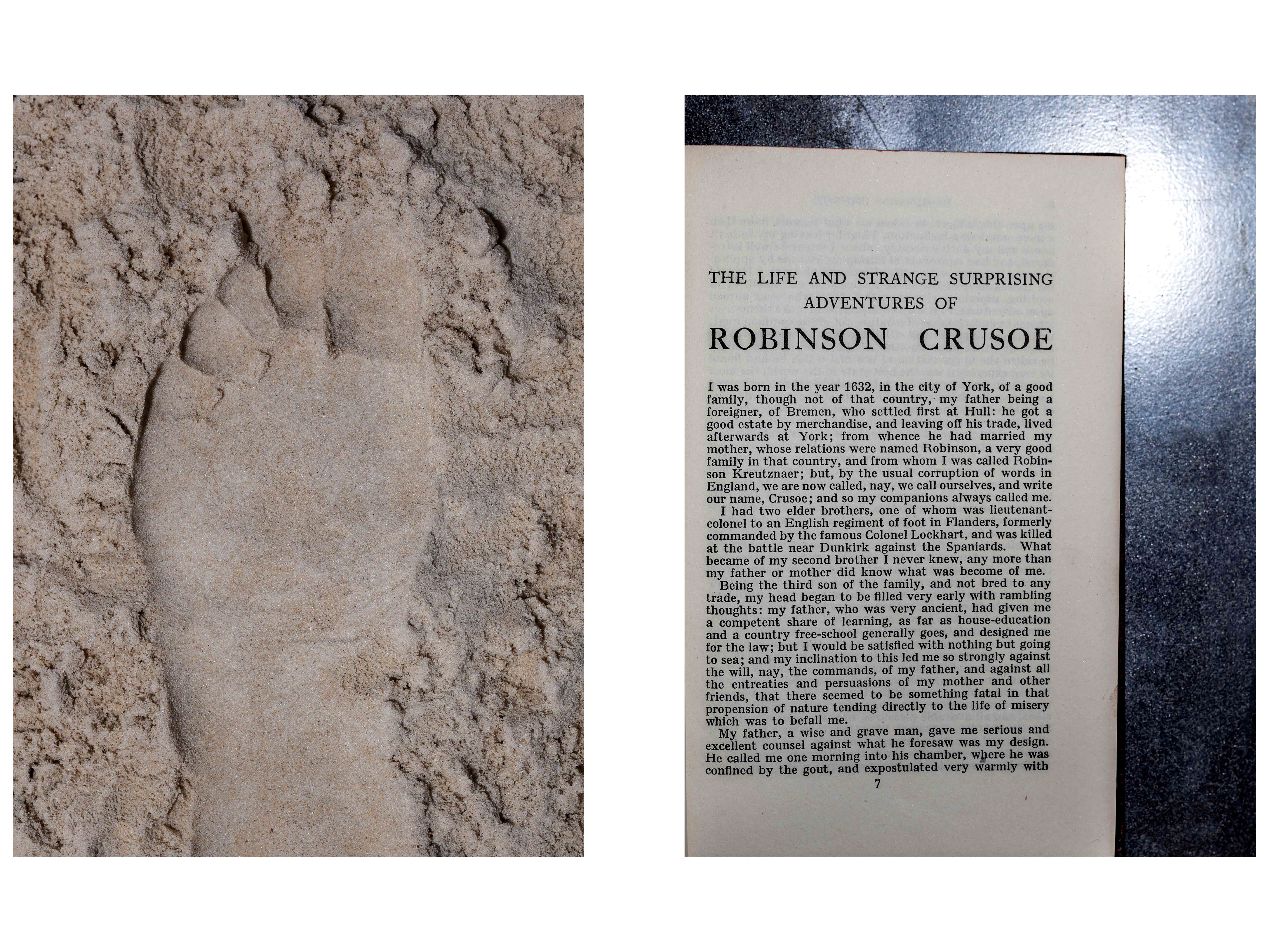Spectacles have often been used as a symbol of physical weakness, and of intellectual powers. Glasses are a part of Clark Kent’s uniform when he’s not Superman. Peter Parker wears glasses unless he’s in his red and blue Spiderman outfit. The super-clever Thunderbird puppet, Brains, has glasses almost the size of his whole face. And when J K Rowling wanted an ordinary child, bullied and unspectacular, a be-spectacled Harry Potter was perfect.
But, as we know, Harry Potter has very special talents, and in the first story in the series, he comes into contact with an object that has been laden with symbolic significance for centuries.
The Philosopher’s Stone symbolised the ultimate goal in the search for knowledge. To use another two symbols of literature, it was the golden fleece of learning, the holy grail of science.
The philosopher’s stone could extend one’s life, cure disease, and create wealth. It was the task of alchemists to find out how to transform one element into another. So, they hoped to be able to turn ordinary dull lead into glorious, valuable gold. To do magic, in other words.
Alchemists hoped to use their knowledge to become masters of their environment – like Prospero in Shakespeare’s ‘The Tempest.’
The brilliant 17th century scientist and mathematician Isaac Newton (1643- 1727) spent a decade studying alchemy. It was a favourite topic of a certain Elias Ashmole (1617-92), who bequeathed his collections to Oxford University – the basis of the Ashmolean Museum.
In 1612, a book on Alchemy was attributed posthumously to French philosopher Nicholas Flamel (he’s mentioned by J K Rowling).
Two years earlier, Shakespeare’s colleague Ben Jonson wrote a witty comedy about a team of fraudsters who conned people with their claims to scientific knowledge – ‘The Alchemist’ is frequently included on English Literature A-level set text lists.
